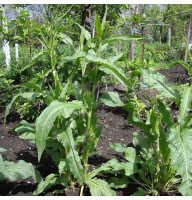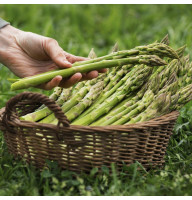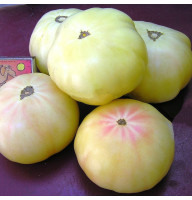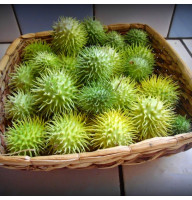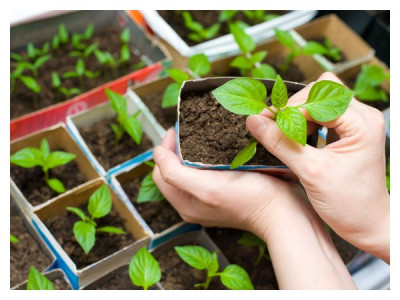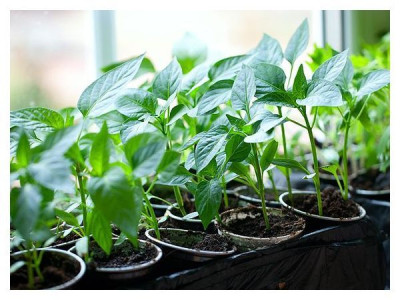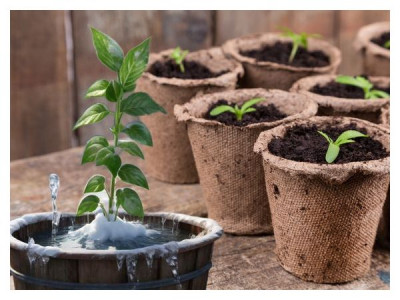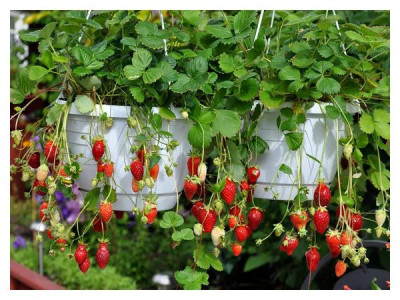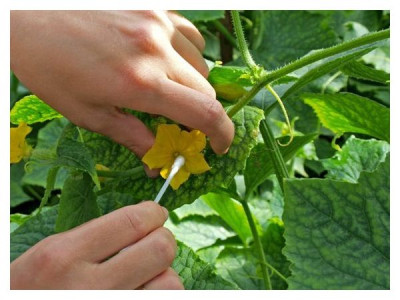Asparagus (asparagus) is one of the most delicious, healthy and expensive vegetable crops. The first sprouts of asparagus, which are white, green, pinkish green, or purple, are loaded with vitamins, minerals, and fiber. The color of the sprouts depends on the method of cultivation and the time of collection. Green asparagus grows like a regular vegetable in the garden; sprouts of white asparagus spud so that they do not get light; and purple sprouts become after “sunbathing” - it is not spudded immediately, allowing the tender shoots to soak up the sun.
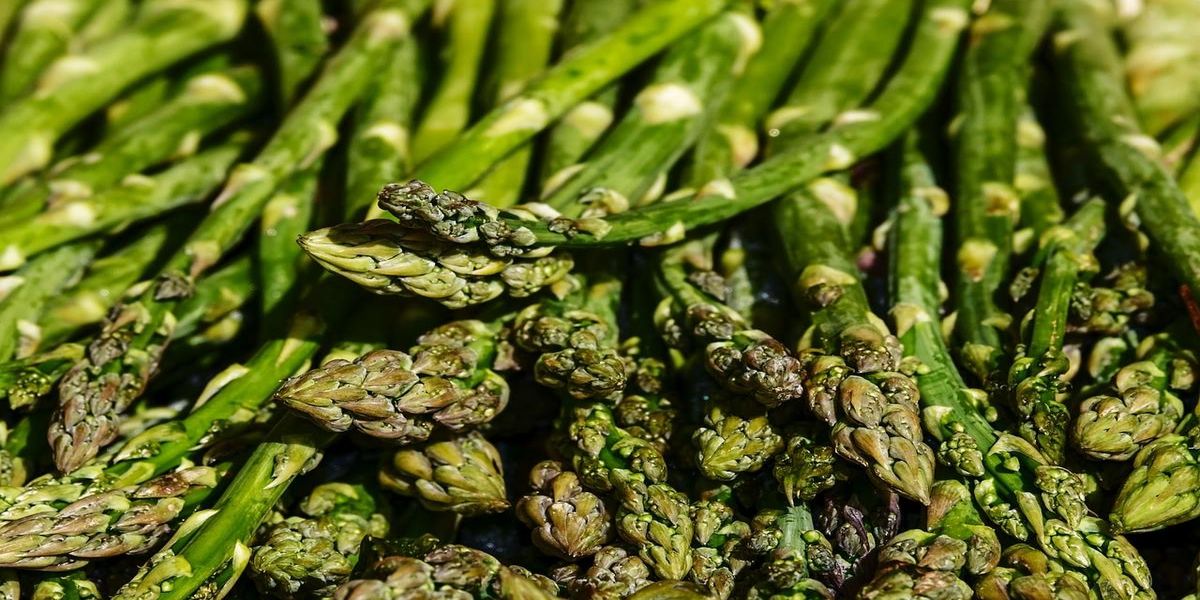
Young, tender shoots can be eaten raw or quickly steamed, in water, in the oven, or grilled. Asparagus is one of the earliest vegetables of the new season: harvest of young shoots begins in April-May.
Asparagus is a genus of plants in the asparagus family. In total, up to 100 species of asparagus are known, scattered throughout the world, mainly in a dry climate. Some types of asparagus are herbs, others are semi-shrubs that develop an underground rhizome and above-ground more or less branched stems, in many species they are creeping. The most common species in the world is medicinal asparagus, or common asparagus, or pharmacy asparagus, or asparagus (Asparagus officinalis). The upper parts of asparagus sprouts (about 20 cm) are used worldwide as a delicacy in cooking.
Growing seedlings of asparagus

Seedlings of asparagus are grown from seeds, sowing them in open ground or seedling pots.
Seedling care consists of timely watering, loosening the soil and removing weeds. With good care, healthy plants are formed by autumn, with a powerful rhizome and 3-5 shoots 25-40 cm high. Before the onset of frost, in October, the above-ground shoots of asparagus are cut 10 cm above the soil surface. In this form, plants overwinter. In the spring, seedlings are dug up and transplanted to a permanent place. When choosing a site, it is necessary to take into account that this is a perennial plant. It is best to place the asparagus near a wall or along a fence.
The site selected for asparagus is cleared of weeds in the fall. 15-20 kg / m² of organic fertilizer is evenly scattered on the soil surface and dug deep. In the spring, seedlings are planted in rows on the site. Rows of asparagus are placed at a distance of 70 cm from each other. Holes are dug in rows with a depth of 30 and a diameter of 40 cm. Humus is poured into the bottom of the hole, on which seedlings are planted. The height of the mound should reach the edges of the hole. If the soil was well seasoned with organic fertilizer in the fall, then you can not pour humus into the holes (although it will not hurt), but replace it with loose soil.
At seedlings of asparagus, before planting, the roots are shortened, leaving them 3-4 cm long. The roots are evenly distributed over the mound, sprinkled with a layer of earth 5-7 cm thick, compacted and watered. When the water is absorbed, the hole is mulched with earth. Over the summer, you can do one or two fertilizing with nitrogen fertilizer (25 g / m²). In autumn, the aisles are dug up, and the dried stems are cut 10 cm above the soil level. In the second year of the plant's life, care for it is the same as in the first.
During the first two years of row spacing, asparagus can be sown with crops such as radishes, watercress, lettuce, and vegetable beans.
As for the actual technology of growing seedlings, there are two ways.

Direct sowing of asparagus seeds in seedling beds
It is better to start sowing seeds of asparagus in seedling ridges in the third decade of May. So, we take the seeds and sow. But keep in mind: dry ones will only sprout in 20–30 days. Are you ready to wait this long? No? Then it is better to pre-soak them. That is, fill with water (30-35 ° C) for 5-6 days and change it daily. To maintain the desired temperature, a container of seeds (say, a small plastic bottle) can be placed near the radiator or in another warm place.
After this period, asparagus seeds are placed in a damp cloth or paper for 3-7 days - let them germinate. To prevent the fabric or paper from drying out, cover it with a plastic bag. Just soaked seeds sprout on the 10-15th day, and those that have pecked - already on the 7-8th.
In the meantime, asparagus seeds germinate, you can prepare a seedling bed. That is, add 10 kg (bucket) of rotted manure or compost and 100 g / m² of complex fertilizer per 1 square meter of land. Dig the soil, loosen and level. The distance between the beds should be from 25–30 to 40 cm. Seeds are sown to a depth of 2 cm and at a distance of 5–7 cm. And after 3–4 weeks, seedlings will need to be thinned out, leaving only the strongest shoots at a distance of 10–15 cm.
Asparagus seedlings grow slowly and after a month and a half reach only 10–15 cm in height. Therefore, it remains on the seed beds for a long time, one or two seasons. All this time, it needs to be carefully looked after: regularly weed and water, in June, once or twice, feed with nitrogen fertilizers (ammonium nitrate, urea, 10 g / m²) or slurry diluted with water in a ratio of 1: 6.
As a result, by the end of August, the plants will have 2-4 shoots and a small rhizome. It needs to be prepared for winter by feeding in late August - early September with phosphorus and potassium (any autumn fertilizer according to the instructions on the package). And when the aerial part of the asparagus dies off in October, cover the plantings with humus or peat with a layer of about 3 cm. You can cover them with spruce branches or fallen leaves.

Planting potted seedlings of asparagus
Potted seedlings of asparagus are good because, unlike plants immediately sown in the ground, they allow you to win half a month or a month and by autumn get more developed young plants that are better prepared for winter.
The procedures are the same as for planting in seedling beds: soaking, germinating and sowing. Only it is necessary to sow early, in the beginning - the middle of May, and not into the ground, but into pots with a capacity of 100–200 ml or into seedling cassettes. For sowing asparagus, you can use barely hatched seeds with a root of 1–3 mm. Seedlings with a spine of 20–25 mm are also suitable, but in order not to damage it, you will have to plant the seeds especially carefully.
The soil for pots can be used the same as for seedlings of cucumbers, or you can prepare "asparagus": mix garden soil, rotted manure, peat and sand in a ratio of 2: 1: 1: 1. Then only the classic simple care remains: watering, loosening, turning to the light in different directions, gradual hardening.
You can plant seedlings in open ground in early June.
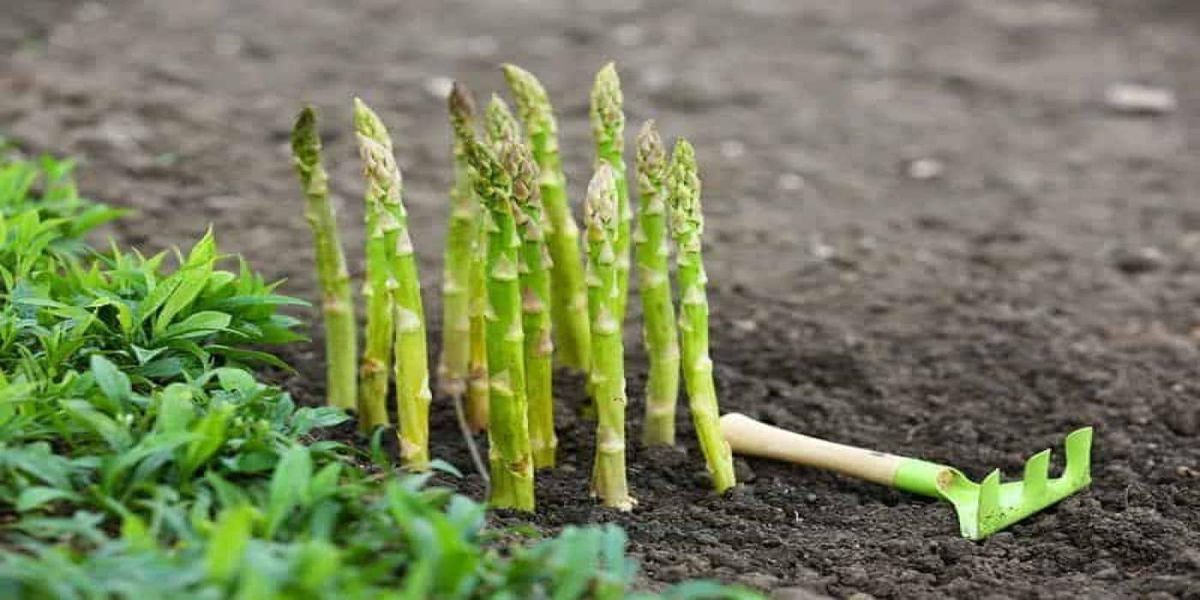
Asparagus Care
In the second year after planting asparagus seedlings, mineral fertilizers are applied, then the soil along the rows of plants should be loosened as soon as possible, trying not to damage the roots.
In dry weather, make sure that the soil under the plants remains moist. In dry soil, asparagus shoots become fibrous and take on a bitter taste.
In October, drying shoots of asparagus should be carefully cut off near the ground, trying not to damage the rhizome, and burned. In plants that are not affected by rust and asparagus fly, the tops can not be cut, it will protect the roots from freezing in winter. Seedlings of asparagus in a nursery in severe frosts in the absence of snow or a small snow cover should be covered with leaves, straw or manure.
In autumn, annual, biennial plantings and fruiting plants should be fed with superphosphate (0.3-0.5 kg per 10 m²) and 40% potassium salt (0.25-0.35 kg). After fertilization, the soil between the rows is deeply loosened. This must be done carefully so as not to damage the roots and seedlings of asparagus.
Good results are obtained by autumn mulching with peat with a layer of 8-10 cm for better wintering. In early spring, the mulch is loosened and embedded in the soil as top dressing. This operation is carried out annually.
In April, the soil, poured in the form of rolls on rows of fruit-bearing asparagus, should be carefully leveled and lightly tamped. In this way, it will not be difficult to detect cracks in the soil above the asparagus seedlings (the appearance of cracks indicates that the seedlings can be cut). The width of the rolls at the base in the first years of cultivation should be 40 cm, in the subsequent years - 50-60 cm.
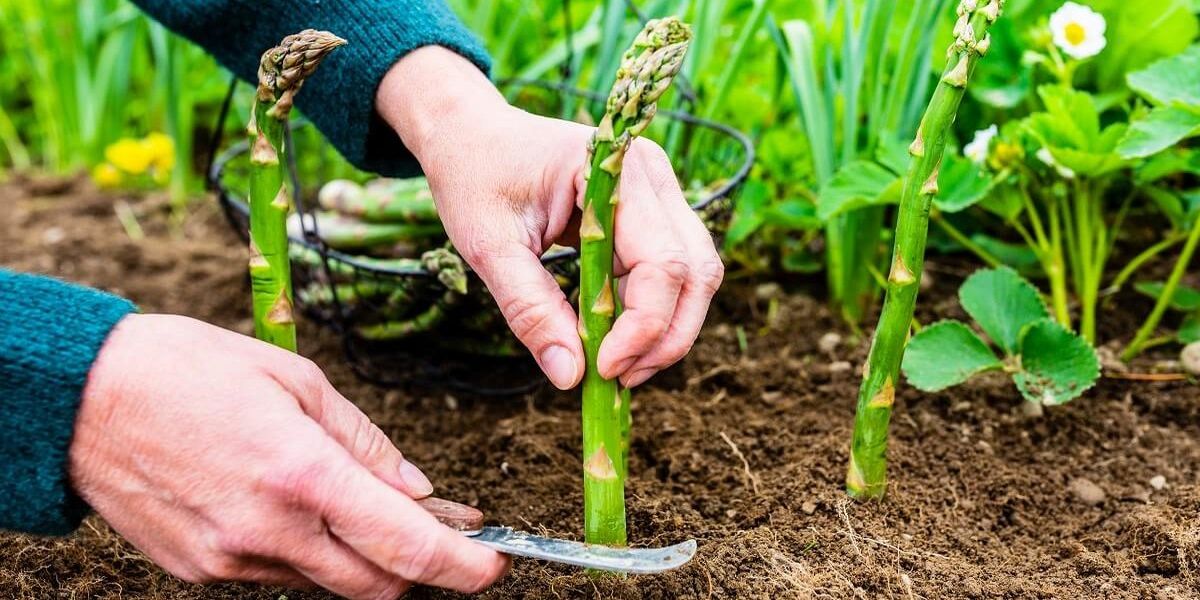
Harvesting asparagus
In the third year after planting, if the plants are strong and bushy enough, they start harvesting. If the plants are weak, harvesting is postponed to the next year and the asparagus is cared for in the same way as in the second year of cultivation.
Harvesting of asparagus shoots starts from the 3rd year. However, before harvesting, in early spring, the aisles are deeply loosened, and the plants are highly spudded with soil and humus. In the II-III decade of April, shoots appear above the soil. When they reach technical maturity (5-7 cm in height and 0.7-1.0 cm in diameter), the soil is carefully raked and the asparagus shoots are cut off at the soil surface, then they are again spudded.
Shoots are cut as they form every 3 days for 20-25 days. In the 3rd year of life, up to 5 shoots are removed from one plant. In subsequent years, up to 15 shoots can be harvested within 30-40 days. After harvesting, each plant should have at least 3-5 shoots, which, developing, form powerful stems with branches of the 2nd-5th order, covered with cladodes, thanks to which the plants accumulate plastic substances.
For the fourth year and beyond, care for asparagus is the same as for the third year.
Care of asparagus plants in the post-harvest period should be especially thorough, since it is at this time that the foundation for the future crop is laid. It is recommended to scatter humus, wood ash or fertilizer mixture between the rows, plant them 5-7 cm into the soil, then water them. The soil must be loosened after each watering or rain. In winter, asparagus can be harvested by forcing. For a family of three, it is enough to have 15-20 asparagus bushes in the garden.
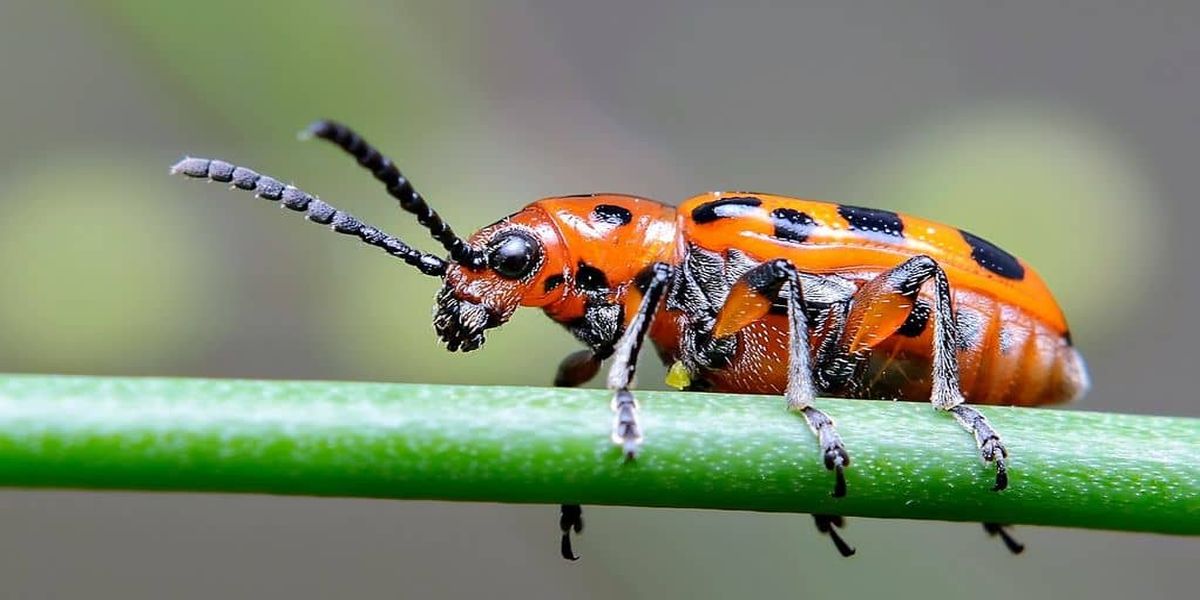
Diseases and pests of asparagus
Red rot of asparagus roots is caused by the fungus Helicobasidium purpureum.
In diseased plants, the root collar and roots die off. The death of the roots leads to the death of the above-ground part of the plant. As the disease spreads, a bald spot forms on the site.
If the infection is not very strong, then the place of accumulation of the infection must be treated with "Fundazol" and isolated with a thick plastic film. In case of severe infection, the plants are destroyed and a new plantation is laid.
The asparagus leaf beetle appears on plants in the middle of summer. Small yellow and black bugs, their black larvae destroy foliage. For pest control, special insecticides are used - Aktellik, Fitoverm, Fufanon, etc., be sure to follow the instructions.
Asparagus is also damaged by polyphagous pests - the familiar bears, slugs, beetles, wireworms, etc.
The wonderful taste of asparagus and its unpretentiousness make this plant a popular "inhabitant" of many vegetable gardens!

